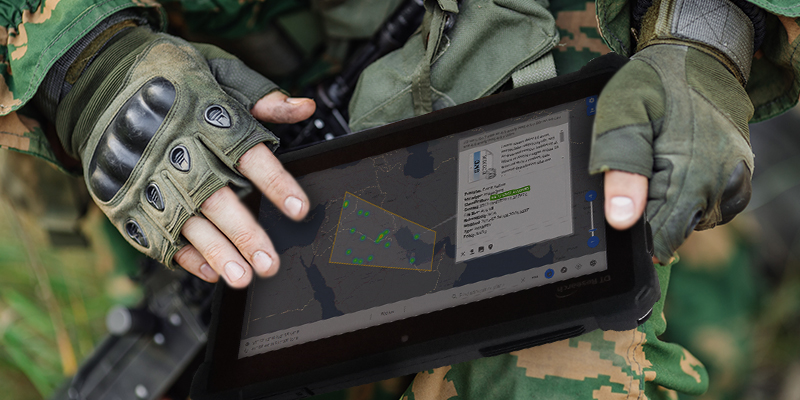
Collaborate governance with the private business sector has emerged as a leading public management resource that has allowed contracting to influence policy-making, regulatory negotiation, infrastructure reconstruction, mission support, and social program processes. Additionally, collaborative governance provides a non-traditional approach to knowledge that encourages a sophisticated grade of achievement rather than conventional procedures or tactics.
Asset Tracking
Air Force personnel use business collaborative contracting for asset management as a means for infrastructure decision-making, mission objectivity, and diplomatic resolution. This support includes contractor partnerships, collaborative operations, and IT solutions. Most notably among collaborating governance is the Montgomery IT Summits Business and Enterprise Systems Directorate, which delivers IT solutions, asset tracking, and program management support for the Air Force and Department of Defense. BES also supports organizational growth opportunities:
AFEMS system provides the USAF the ability to oversee resource allocation and financial losses that makes asset inventory management of equipment more accountable.
AF-PLM software digitally organizes sub-sets of data during its lifecycle to make it easier for engineering and logistics personnel to expand their capabilities in the field.
Operational Logistics Business Collaboration
Collaborative governance also supports operational logistics for existing programs as well as new system and specialist acquisitions, including field support, munitions specialists, engineers, equipment consultants, and fleet management of ships and tactical and non-tactical vehicles. Logistics business collaboration permits collaborative partnerships to leverage resources and develop new processes that boost knowledge and skillsets while reducing overhead costs.
Troop safety
One of the most valid reasons for collaborative governance is Air Force troop safety. When both Air Force personnel and private sector specialists work together, there is a better workflow for decision-making, productivity, accountability, technological advancement, and regulatory and compliance oversight that elevates problem-solving because of public and private partnerships. The added private sector resources not only protect troops in the field but stabilizes environments during times of conflict. Soldiers who work alongside these specialists also gain new skill sets.
Defense
The Department of Defense also supports transparency, collaboration, and participation to include public inclusion and knowledge exchange. In 2018, the DOD implemented the National Defense Authorization Act (NDAA) to address policy and promote departmental collaboration to reduce the organizational challenges of defense management. The DOD has now integrated the NDAA initiatives and operational strategies with the National Defense Strategy and the National Defense Business Operations Plan that includes training for civilian leaders and team members.
Mission Support
Collaboration between government workers and the private sector consent to nonrestrictive engagement because each group operates under different rules and regulations. The Air Forces accessibility to mission support partnerships also provides a significant capability that focuses on defense, progress, and innovative growth while the private sector focuses more on personal and professional development in a supporting role, rather than engaging in a governing capacity.
Recognizing the proficiencies of human capital and technical support also establishes standards. The U.S. Government has shown great enthusiasm for private sector collaboration as a means to enhance utility works, civics, public service, and infrastructure capacities. Outsourcing some of these government functions has also strategically overcome management and organizational deficiencies by relinquishing non-risk responsibilities for the benefit of AF mission support.
We have committed to supporting these collaborative efforts by manufacturing technology that aids the safety of personnel and management of inventory to enhance military communication, and efficiency on missions among leaders and their teams. Military-grade tablets allow for faster communication from field operations to base commanders with real-time data transfer. Lightweight, heavy-duty tablets are built mission tough and are easy to transport or mount in a vehicle for convenience during long engagements. Military-grade tablets are built to withstand extreme weather conditions and harsh environments, making them a top selection for critical missions.

